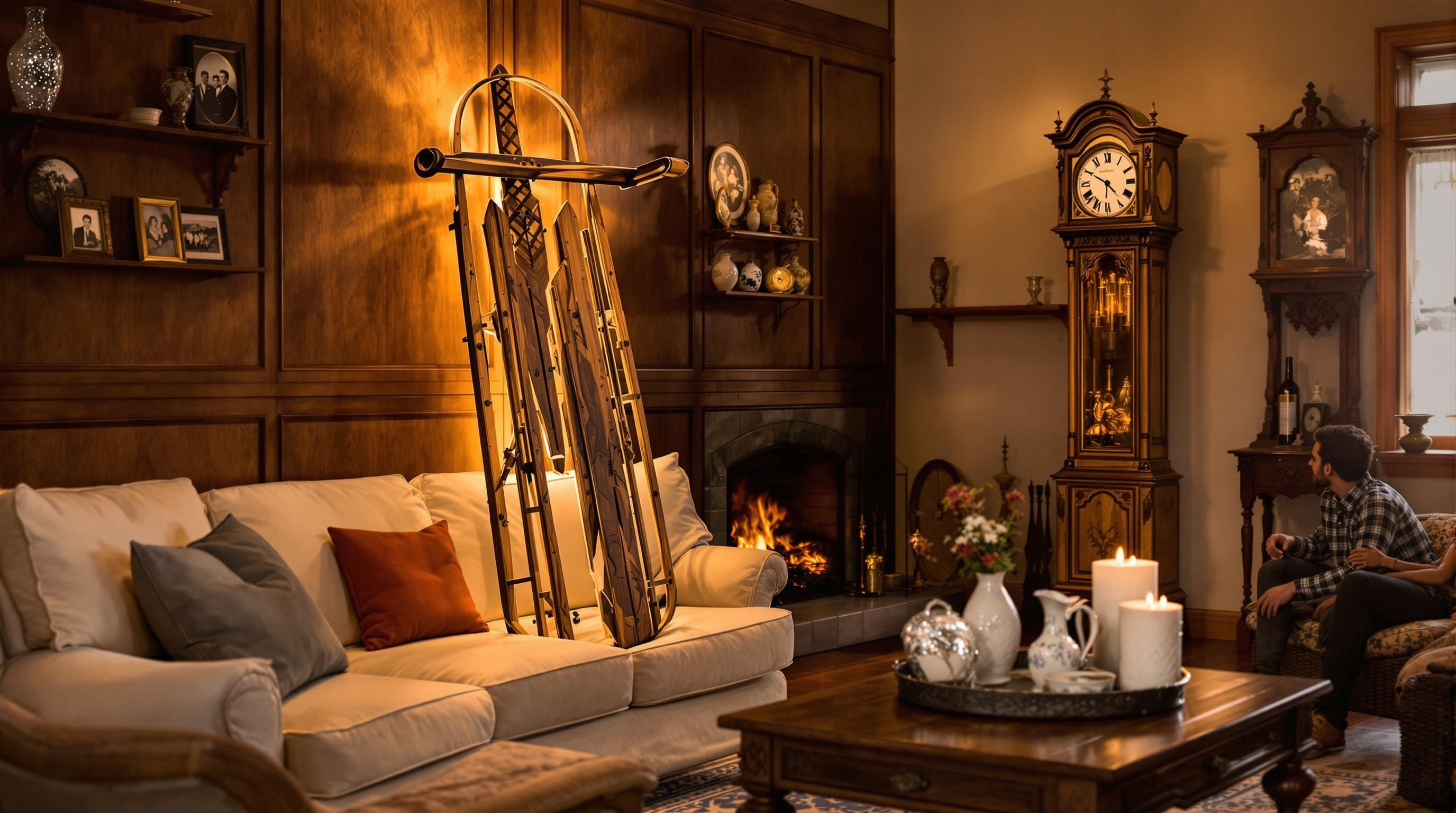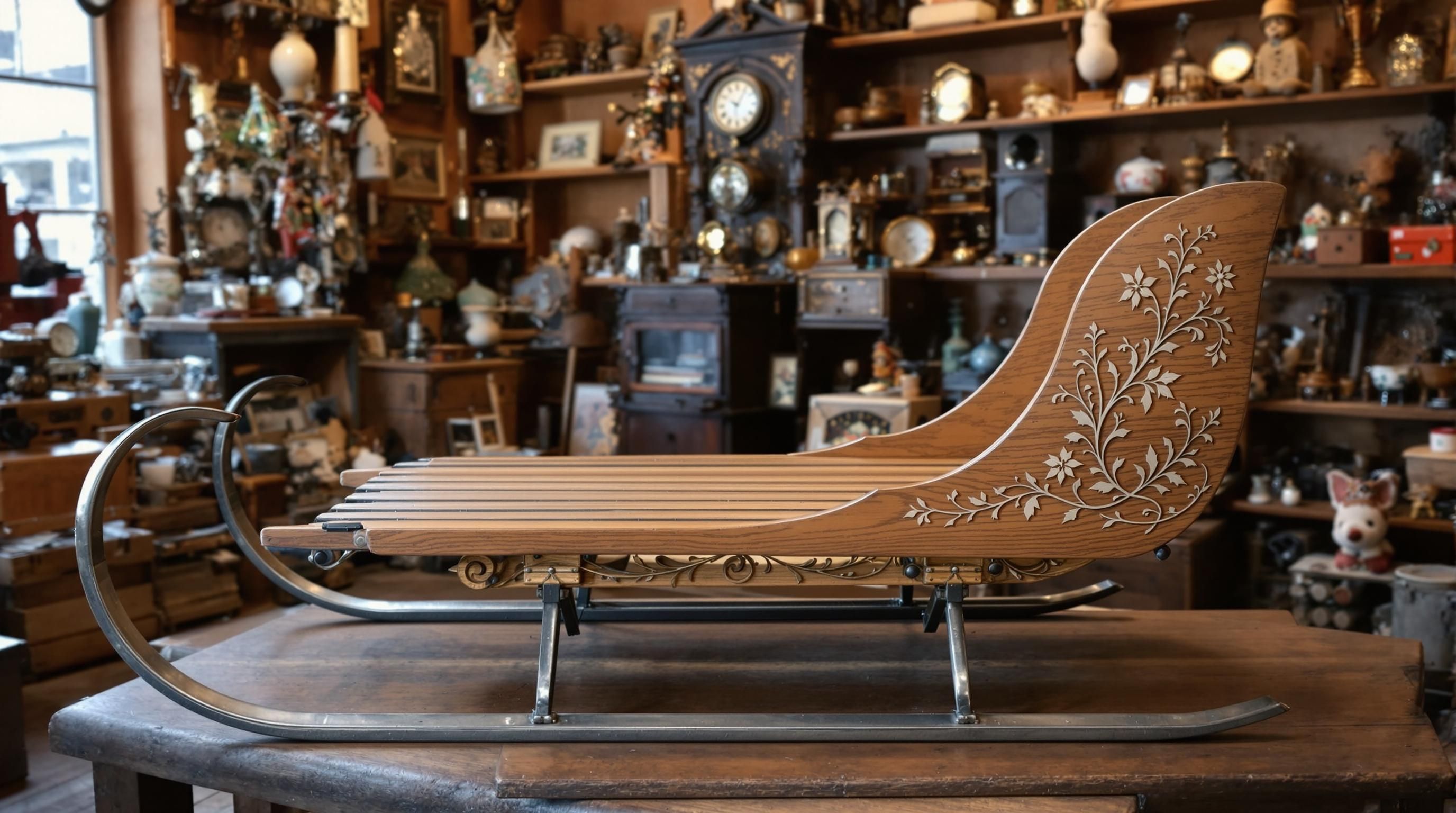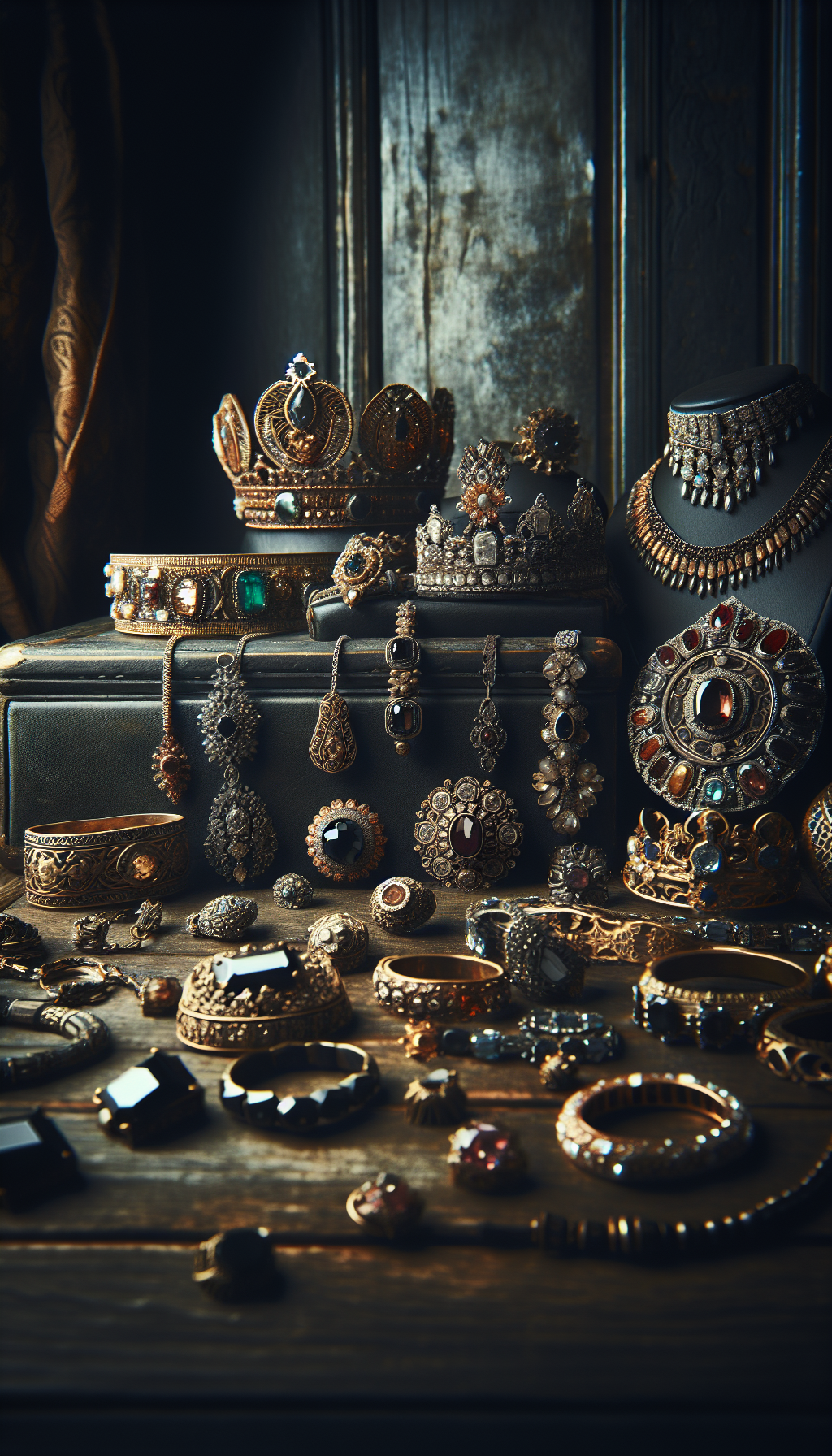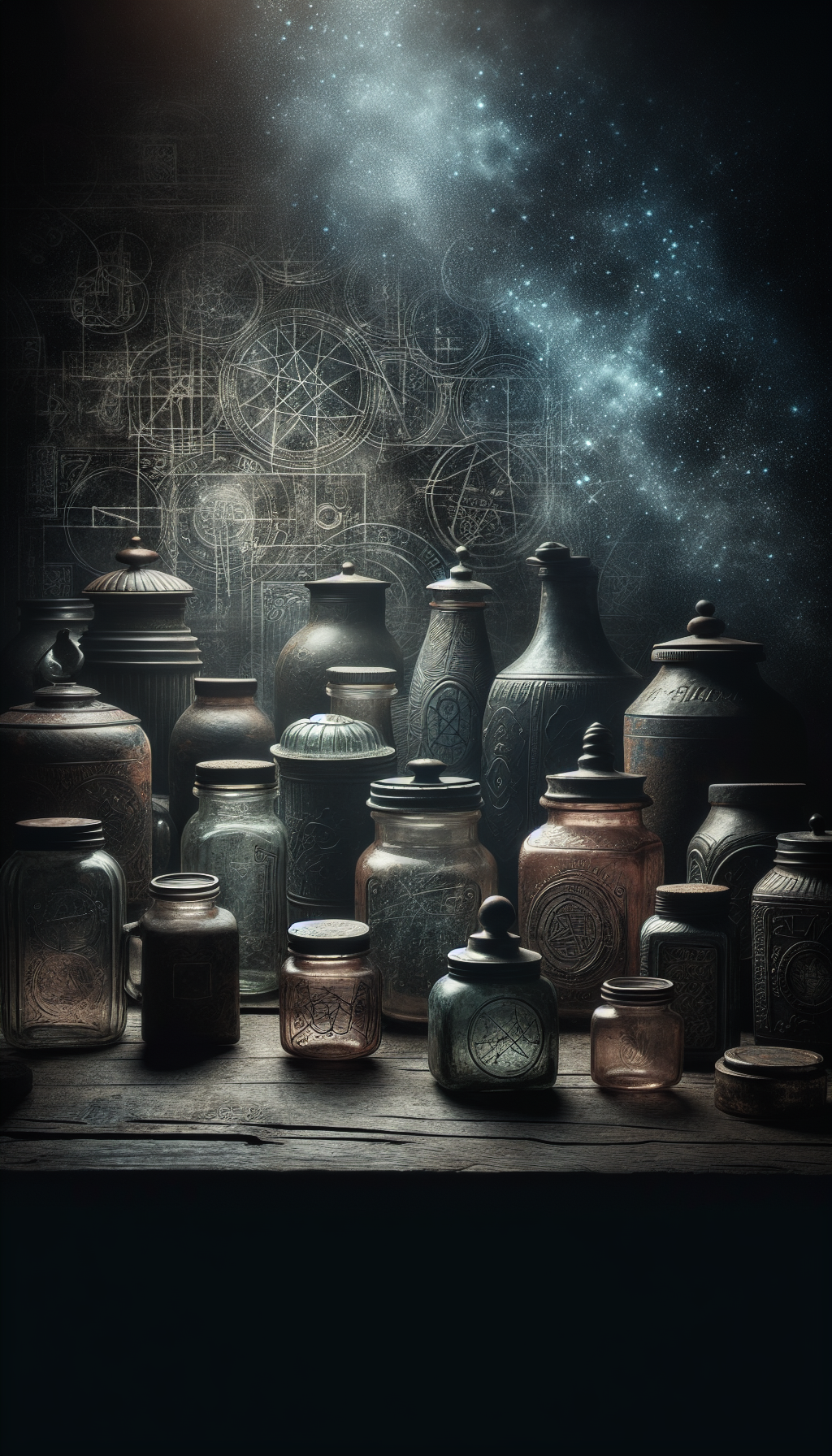From childhood joys to decorative antiques, old wooden sleds have evolved from simple winter transportation to coveted collectibles. These nostalgic pieces of Americana can now fetch anywhere from $50 to well over $1,000, depending on numerous factors. Whether you’re a collector, seller, or simply curious about that old sled in your attic, understanding what drives their value is essential.
Table of Contents
- Understanding Antique Sled Values
- Types of Collectible Sleds
- Factors Affecting Sled Value
- Price Ranges for Vintage Sleds
- How to Identify an Antique Sled
- Notable Brands and Their Values
- Where to Buy and Sell Antique Sleds
- Caring for Vintage Sleds
- FAQs About Old Sled Values
Understanding Antique Sled Values
Vintage sleds aren’t just winter sporting equipment—they’re pieces of history that tell stories of snowy adventures from bygone eras. The value of these winter treasures varies dramatically based on age, condition, brand, and historical significance.
According to antique experts, the price range for old wooden sleds typically falls between $50 and $1,000+, with exceptional examples sometimes commanding several thousand dollars. The market for these items has grown steadily as collectors appreciate both their decorative appeal and historical significance.
Antique Sled Market Insights
Types of Collectible Sleds
Understanding the different types of collectible sleds helps determine both their historical context and potential value:
Flexible Flyer Sleds
The iconic Flexible Flyer brand, created by Samuel Leeds Allen in 1889, revolutionized sledding with steerable runners. These sleds are among the most recognizable and collectible, especially early models with the distinctive eagle logo. Their sturdy construction and innovative steering mechanism made them household names.
Primitive Hand-Crafted Sleds
Dating back to the 18th and 19th centuries, these handmade wooden sleds were often crafted by local carpenters or family members. Their rustic charm and considerable age make them highly sought after by collectors of Americana and folk art.
Decorative Victorian Sleds
Late 19th century sleds often featured ornate details, including elaborate metal scrollwork, decorative painting, and sometimes even swan-head designs at the front. These more elegant models were often given as Christmas gifts to children from wealthy families.
Child’s Pull Sleds
Smaller sleds with a pull rope, designed for very young children, represent another collectible category. These often featured colorful paint and simple designs, making them appealing decorative items today.
Evolution of American Sleds
- Pre-1850s
Primitive Handcrafted Sleds
Early American sleds were typically handmade by local craftsmen using local wood and basic metal runners, with minimal standardization. - 1850s-1880s
Victorian Decorative Era
Sleds became more decorative with painted designs, scrollwork, and sometimes even cast iron embellishments like swan heads. - 1889
Flexible Flyer Introduction
Samuel Leeds Allen patented the Flexible Flyer with its revolutionary steering capability, changing sled design forever. - 1900-1940s
Golden Age of Sled Manufacturing
Mass production led to widespread sled ownership, with companies like Paris Manufacturing and Champion joining Flexible Flyer in the market. - 1950s-1970s
Transition to Modern Materials
Traditional wooden sleds began facing competition from plastic models, though quality wooden sleds remained popular.
Factors Affecting Sled Value
When assessing an old sled’s value, consider these critical factors:
Age and Rarity
Generally, the older the sled, the more valuable it becomes, especially those dating to the late 1800s or early 1900s. Limited production models or those from smaller manufacturers typically command higher prices due to their scarcity.
Brand and Model
Certain brands have stronger collector followings. Flexible Flyer remains the most recognized name, but other sought-after brands include Paris Manufacturing Company, Champion, and Gladding. Special edition or commemorative models often fetch premium prices.
Condition
As with most antiques, condition significantly impacts value. Original paint, decals, and hardware greatly increase value, while extensive repairs or replacements reduce it. Even the patina of aged wood can be desirable if it shows authentic wear rather than damage.
Provenance and History
Sleds with documented history, especially those connected to notable families or events, can command premium prices. Original purchase receipts, family photographs showing the sled in use, or other documentation can significantly enhance value.
Decorative Elements
Ornate details such as hand-painted designs, scrollwork on metal runners, or unique shapes (like the coveted swan-head sleds) add considerable value. These artistic touches transform functional items into decorative collectibles.
Vintage Sled Value Assessment Checklist
Use this checklist to evaluate the collectible quality of an old sled
- Original paint and decals intact
- Metal runners free from significant rust
- Wood slats complete without replacements
- Manufacturer's marks or labels visible
- Original hardware and fasteners present
- Decorative elements well-preserved
- No structural damage or major repairs
- Authentic aging patina (not artificially created)
Price Ranges for Vintage Sleds
The current market for vintage sleds shows considerable variation in pricing, reflecting the diversity of available specimens and collector preferences:
Vintage Sled Value Guide
Current market price ranges based on type and condition (2023)
</tbody>
</table>
Recent high-end sales demonstrate the potential value for exceptional specimens:
Notable Vintage Sled Auction Results
Recent significant sales demonstrating top-tier market values
| Category | Price | Notes |
|---|---|---|
| Standard Flexible Flyer (1950s-1970s) | $50-$150 | Common models in good condition |
| Early Flexible Flyer (pre-1950) | $200-$500 | Original paint/decals increase value |
| Victorian Decorative Sleds | $400-$800 | Higher for ornate details and original paint |
| Primitive Handcrafted Sleds (pre-1900) | $300-$1,000 | Price varies with age and craftsmanship |
| Ornate Swan-Head Designs | $800-$3,000+ | Rare examples in excellent condition |
| Children's Pull Sleds | $100-$300 | Higher for colorful original paint |
| Specialty or Limited Edition Models | $500-$2,500 | Depending on rarity and historical significance |
</tbody>
</table>

How to Identify an Antique Sled
Determining the age and maker of an antique sled requires careful examination of several key elements:
Manufacturer’s Marks
Look for branded marks, decals, or metal plates that identify the maker. Flexible Flyer sleds typically have the company name and often an eagle logo stamped or printed on the top slat. These marks evolved over time, helping to date the sled.
Construction Methods
Examine how the sled is assembled. Hand-forged nails and pegged joints suggest earlier construction (pre-1900), while machine-made screws and bolts indicate later manufacturing. The type of wood used can also provide clues about age and origin.
Runner Design
The style and material of runners evolved over time. Early sleds had simple, non-steering runners, while the introduction of pivoting front runners (like those on the Flexible Flyer) marked a significant innovation in the late 19th century.
Dating Flexible Flyer Models
For the popular Flexible Flyer brand, consider these identification tips:
- Between 1889-1915: Look for the “S.L. Allen & Co.” mark along with the Flexible Flyer name
- 1915-1935: The eagle logo became prominent, often with patent dates listed
- 1935-1949: Model names appeared on the deck
- After 1949: Both series name and model number typically displayed on the undercarriage
Avoiding Reproductions
Watch for signs of artificial aging or modern construction methods disguised as antique. Reproductions often lack the subtle wear patterns found on genuinely old sleds and may use modern fasteners or finishing techniques.
Notable Brands and Their Values
Several manufacturers dominated the American sled market, each with distinctive styles that impact their collectible value today:
Flexible Flyer
The most recognized name in vintage sleds, Flexible Flyer was established in 1889 by Samuel Leeds Allen in New Jersey. Their innovative steering design revolutionized sledding and created an enduring brand. Early models (pre-1920) with eagle logos and original red paint are highly prized by collectors.
Paris Manufacturing Company
Founded in 1861 in South Paris, Maine, this company produced high-quality “Speedaway” sleds that rivaled Flexible Flyer in popularity. Their distinctive blue and white paint schemes and double-runner models are particularly sought after.
Champion
Known for their sturdy construction and distinctive red runners, Champion sleds from the early to mid-20th century remain popular collectibles. Their streamlined designs included the popular “Racer” and “Fastback” models.
Gladding
The Gladding “Speedaway” sleds featured lightweight construction and colorful paint schemes, making them visually distinctive. Their mid-century models with bright decals are increasingly sought by collectors.
Lightning Guider
Produced by the Standard Sled Company in Wilkes-Barre, Pennsylvania, Lightning Guider sleds featured distinctive yellow striping and “lightning bolt” logos. Their streamlined design and quality construction have made them collectible favorites.

Where to Buy and Sell Antique Sleds
Whether you’re looking to add to your collection or sell a vintage sled, several markets cater to these nostalgic winter items:
Online Marketplaces
- eBay: Offers the widest selection of vintage sleds, ranging from common Flexible Flyers to rare decorative models
- Etsy: Specializes in more decorative or rustic vintage sleds, often marketed for display purposes
- Chairish: Features higher-end antique sleds, including rare and ornate examples
- Facebook Marketplace: Good for local deals that avoid shipping costs
Traditional Venues
- Antique Shops: Especially those specializing in Americana or vintage sporting goods
- Estate Sales: Often yield well-preserved examples with provenance
- Auction Houses: For rare or high-value sleds, specialized auction houses may provide the best exposure to serious collectors
- Flea Markets: Can offer unexpected finds, though condition may vary widely
Specialized Collector Resources
- Vintage winter sports collector groups: Connect with dedicated collectors through forums and social media
- Winter sports museums: Some offer periodic sales or can connect sellers with interested buyers
- Collector publications: Advertising in specialty magazines can reach targeted audiences
When selling a vintage sled, proper documentation of age, condition, and provenance can significantly increase its market value. High-quality photographs showing all details, including maker’s marks and any damage, are essential for online sales.
External Resources for Vintage Sled Collectors
The Flexible Flyer Museum
Explore the history of Flexible Flyer sleds, including identification guides and model chronology.
Antique Sled Values - LoveToKnow
Comprehensive guide to antique sled values with insights on factors affecting prices.
1stDibs Antique Sled Collection
Browse high-end vintage sleds for sale with expert authentication and valuation.
Vintage Winter - Antique Sleds
Specialist retailer featuring authentic vintage winter sports equipment including collectible sleds.
The Intelligencer: Antique Sled Collectors Guide
Expert insights on why Flexible Flyer sleds are particularly sought after by collectors.
Wealth Gang: Valuable Vintage Sleds
Feature on exceptionally valuable vintage sleds that have sold for thousands at auction.
Caring for Vintage Sleds
Whether you’re displaying a vintage sled as a decorative piece or preserving it as a collectible investment, proper care is essential:
Cleaning and Preservation
- Gentle cleaning: Use only soft cloths and mild soap for wooden surfaces
- Metal care: Remove active rust with fine steel wool, then apply a protective oil to prevent further oxidation
- Original finish: Preserve rather than refinish whenever possible, as original paint dramatically increases value
- Avoid pressure washing: This can damage aged wood and remove valuable original paint
Display Considerations
- Indoor display: Protect from direct sunlight and extreme temperature fluctuations
- Wall mounting: Use padded hooks or straps that won’t damage the wood when displaying vertically
- Horizontal display: Support the full length of the sled to prevent warping
- Humidity control: Maintain moderate humidity (40-50%) to prevent wood cracking
Storage Guidelines
- Clean before storing: Remove dirt and moisture before long-term storage
- Elevated storage: Keep off concrete floors, which can transfer moisture
- Protective covering: Use breathable cotton covers rather than plastic, which can trap moisture
- Position: Store flat or hanging, never leaning, to prevent warping
Restoration Considerations
While maintaining original condition is generally preferable for value, responsible restoration may be appropriate for severely damaged sleds:
- Document before starting: Photograph all details before any work begins
- Minimal intervention: Replace only what’s necessary to stabilize the sled
- Period-appropriate materials: Use historically accurate fasteners and finishes
- Professional consultation: For valuable sleds, consult with an antique restoration specialist before attempting repairs
Common Questions About Old Sled Values
Are old sleds worth anything?
Yes, vintage and antique sleds can be quite valuable. Prices typically range from $50 for common mid-century models in fair condition to over $1,000 for rare, early examples with original paint and decorative features. The most exceptional sleds, such as ornate Victorian models or early manufacturer prototypes, can fetch several thousand dollars at auction.
Older sleds from the late 1800s or early 1900s generally command the highest prices, especially those with unique decorative elements like swan-head designs or hand-painted details. Brand, condition, and rarity are the primary factors determining value.
What is considered a vintage sled?
In the collectibles market, sleds are typically categorized as follows:
- Antique: Generally refers to sleds manufactured before 1930, especially those from the late 19th and early 20th centuries
- Vintage: Usually describes sleds from approximately 1930-1970, including the classic mid-century examples many remember from childhood
- Collectible: More recent sleds (post-1970) that have nostalgic or decorative appeal but haven’t yet reached vintage status
For practical purposes, most collectors consider sleds 25 years or older to be vintage, while the term “antique” is generally reserved for items over 100 years old. However, exceptional craftsmanship or historical significance can make younger sleds collectible as well.
How can you tell the age of a Flexible Flyer sled?
Dating a Flexible Flyer sled involves examining several key features:
- Manufacturer Markings: Between 1889-1915, look for “S.L. Allen & Co.” along with the Flexible Flyer name
- Logo Evolution: The eagle logo became prominent after 1915
- Model Identification: Between 1935-1949, model names appeared on the deck. After 1949, both series name and model number typically appeared on the undercarriage
- Serial Numbers: Present on some models, these can help pinpoint manufacturing dates
- Runner Design: The style and mounting of the runners evolved over the decades
- Wood Type and Finish: Earlier models used different wood species and finishing techniques than later ones
For precise dating, collectors often consult specialized guides that document the evolution of Flexible Flyer design elements throughout the company’s history.
What are traditional sleds called?
Traditional sleds come in several distinct styles, each with their own characteristics:
- Toboggan: A simple sled without runners, traditionally made of long, thin strips of wood curved up at one end. Used by indigenous North American peoples and later adopted for recreational use
- Runner Sled: The classic design with wooden slats mounted on metal runners (like the Flexible Flyer)
- Kick Sled: A Scandinavian design featuring a chair-like seat mounted on long metal runners, propelled by kicking with one foot
- Pull Sled: Small sleds with a rope or handle for pulling young children
- Cutter Sleigh: Larger horse-drawn sleds designed for passenger transportation
The term “coaster” is also sometimes used for traditional runner sleds, referring to their ability to coast downhill. Regional terms vary, with some areas using local names for specific sled designs.
What makes an old sled valuable to collectors?
Several key factors drive collector interest and value in antique sleds:
- Age: Older sleds, particularly those from the late 19th or early 20th centuries, generally command higher prices
- Brand Reputation: Models from well-known manufacturers like Flexible Flyer, Paris Manufacturing, or Champion tend to be more valuable
- Rarity: Limited production models, discontinued designs, or sleds from smaller manufacturers can be highly sought after
- Original Condition: Preservation of original paint, decals, and hardware significantly increases value
- Decorative Elements: Ornate details, hand-painted designs, or unique features like swan-head fronts command premium prices
- Historical Significance: Association with significant events, innovations in design, or connection to notable individuals
- Documented Provenance: Original purchase receipts, family photos showing the sled in use, or other historical documentation
The intersection of these factors creates the highest value - for instance, a rare early model in excellent original condition with documented history would represent the pinnacle of collectibility.
Should I restore my vintage sled or keep it in original condition?
For collectible sleds, preserving original condition is generally preferred over restoration, as original paint, decals, and hardware significantly increase value. However, the decision depends on several factors:
When to preserve as-is:
- When the sled has substantial original paint or decals intact
- If it has an attractive natural patina from age and use
- When the sled has historical significance
- If it’s a rare or early example where authenticity is paramount
When restoration might be appropriate:
- When structural integrity is compromised (broken parts, severe rot)
- If the sled has already been significantly altered from original condition
- When the sled will be used rather than displayed or collected
- If restoring to working condition for family enjoyment is the primary goal
If restoration is necessary, document the original condition thoroughly before beginning, use period-appropriate materials and techniques, and consider consulting with an antique restoration specialist for valuable specimens.
Conclusion
The market for vintage and antique sleds continues to thrive, driven by nostalgia, decorative appeal, and the growing appreciation for American craftsmanship. Whether you’re seeking to determine the value of a family heirloom or building a collection of these winter treasures, understanding the factors that influence their worth—from age and manufacturer to condition and decorative elements—is essential.
As with many collectibles, the greatest value often lies in the stories these sleds tell—of snowy childhood adventures, American manufacturing innovation, and the evolution of winter recreation. For many collectors, these narratives of winter nostalgia are as valuable as the physical objects themselves.
Whether displayed on a wall as winter decor, preserved in a collection, or even occasionally enjoyed on a snowy hill, vintage sleds continue to capture the imagination and preserve a slice of simpler times, making them enduring collectibles for generations to come.
Get a Professional Appraisal
Unsure about your item’s value? Our certified experts provide fast, written appraisals you can trust.
- Expert report with photos and comps
- Fast turnaround
- Fixed, upfront pricing
No obligation. Secure upload.
| Item | Price | Date | Auction House |
|---|---|---|---|
| 19th Century Hand-Painted Victorian Sled | $3,427 | December 2022 | Chairish |
| Early Flexible Flyer Model #3 (c.1890s) | $2,800 | January 2023 | Heritage Auctions |
| German Carved Wood Sled with Original Paint | $4,250 | November 2022 | Sotheby's |
| Cast Iron Swan-Head Decorative Sled | $3,200 | February 2023 | Christie's |




